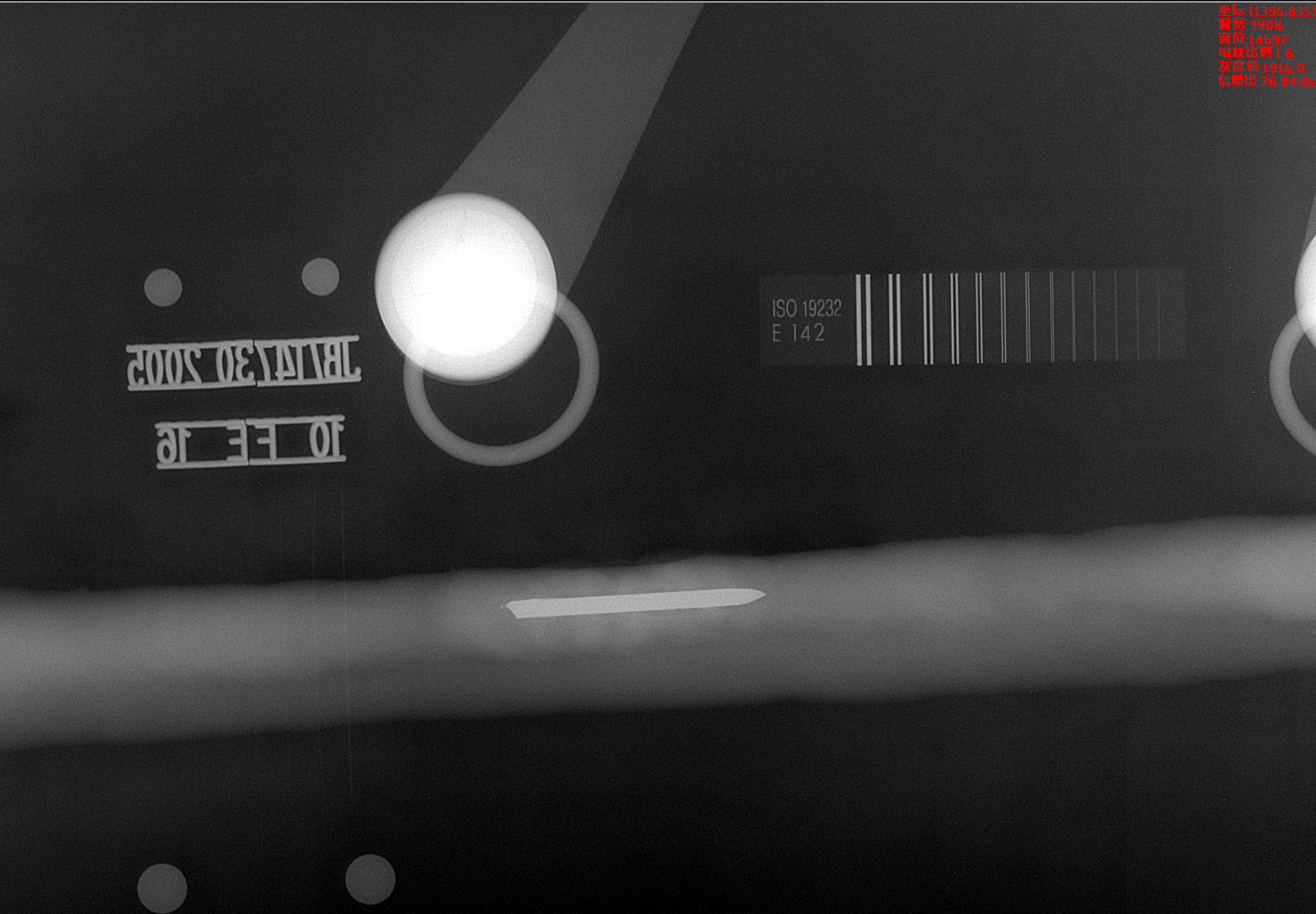
In the digital camera, the conversion of X-ray energy into electrical signals is achieved by a flat panel detector, so the characteristics of the flat panel detector have a relatively large impact on the quality of the DR image. The choice of DR must take into account the choice of flat panel detectors. The performance indicators of flat panel detectors will have a great impact on the image, and the industry should also choose the flat panel detector that suits its needs.
DR flat panel detectors can be divided into two types: amorphous selenium flat panel detectors and amorphous silicon flat panel detectors. From the perspective of energy conversion, the former belongs to the direct conversion flat panel detector, and the latter belongs to the indirect conversion flat panel detector.
The amorphous selenium flat panel detector is mainly composed of an amorphous selenium layer TFT. The incident X-rays cause the selenium layer to generate electron-hole pairs. Under the action of an external bias electric field, the electrons and holes move in opposite directions to form a current, and the current forms a stored charge in the thin film transistor. The amount of stored charge of each transistor corresponds to the dose of incident X-rays, and the amount of charge at each point can be known by the readout circuit, thereby knowing the X-ray dose at each point. Since amorphous selenium does not generate visible light and has no influence of scattered rays, a relatively high spatial resolution can be obtained.
The amorphous silicon flat panel detector consists of a scintillation crystal coating such as cesium iodide and a thin film transistor or a charge coupled device or a complementary metal oxide semiconductor. Its working process is generally divided into two steps. First, the crystal of the X-ray is scintillated by the crystal coating. Converted to visible light; secondly TFT or CCD, or CMOS converts visible light into an electrical signal. Since visible light is scattered during this process, it has a certain influence on spatial resolution. Although the scintillator is processed into a column in the new process to improve the utilization of X-rays and reduce scattering, the effect of scattered light on spatial resolution cannot be completely eliminated.
-
 Sales@hata-ndt.com
Sales@hata-ndt.com -
 0086-0371-86172891
0086-0371-86172891










